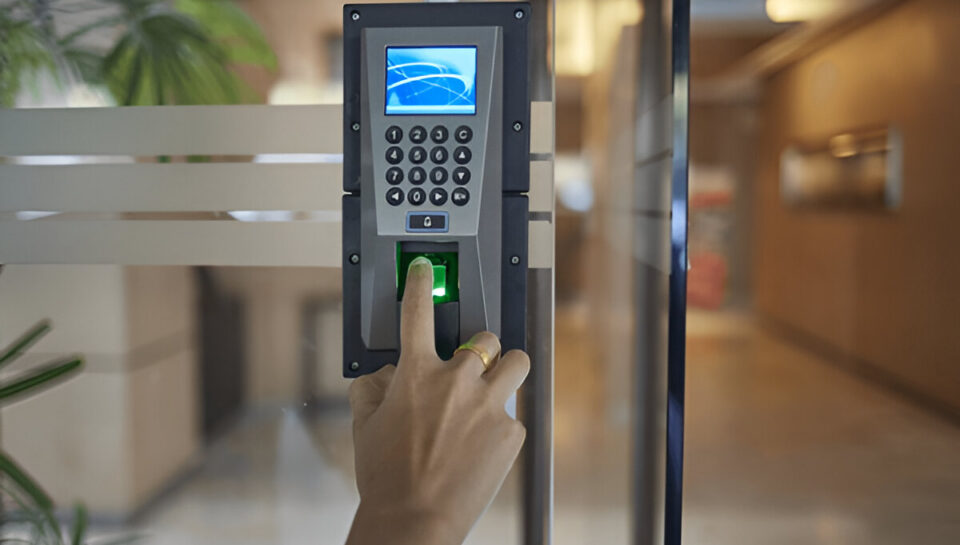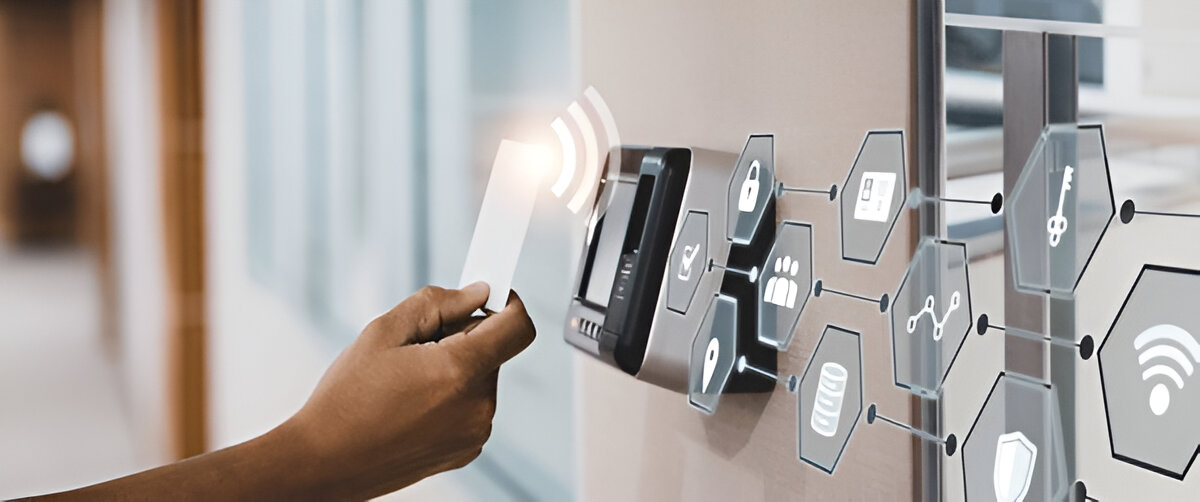Safe and Secure Buildings in Saudi Arabia: Access Control Meets Fire Safety

Every building, whether an office, hospital, school, or residential tower in Saudi Arabia must be both secure and safe. That means controlling access to keep people secure, but also ensuring that in case of an emergency, doors unlock, alarms activate, and people exit quickly and safely.
This balance between security and safety is especially critical as Saudi Arabia ushers in monumental projects aligned with Vision 2030, including smart cities, mega-developments, and institutional buildings. New regulations, including the updated Saudi Building Code (SBC-201 and SBC-801) effective mid‑2025, make fire and safety integration a mandatory standard.
At Armor Integrated, we design access control systems that are smart, compliant, and fail-safe. In this blog, you’ll learn why integration matters, the standards that guide it, and how we implement systems that protect lives and assets—every day and in moments that matter most.
Why Integration of Access Control and Fire Alarm Matters
When security and safety systems operate in isolation, they may conflict:
Secure doors may lock during a fire alarm, blocking escape.
Fire alarms may sound without notifying security or unlocking critical doors.
Disconnected systems can delay evacuations and increase risk.
Integrated systems ensure that during emergencies:
Doors automatically unlock for fast evacuation.
Public address systems broadcast instructions clearly.
Security systems log every event for review and response.
It’s not just smart, it’s required for safer buildings.
Regulatory and Code Requirements in Saudi Arabia
Saudi Civil Defense enforces compliance with fire protection and safety design. The mandatory SBC-201 (General Building Code) and SBC-801 (Fire Protection Code), effective June 2025, demand that access control and fire safety systems work in concert.
International standards like NFPA 72 outline emergency communication, door behavior, and system redundancy requirements. Integrating access control systems with fire alarms and evacuation systems ensures compliance and speeds up Civil Defense approval.

Design Principles for Effective Integration
Fail-Safe vs. Fail-Secure Mechanisms
Fail-safe doors unlock during a power failure or emergency—critical for evacuation paths.
Fail-secure doors remain locked unless a fire event triggers release—ideal for secure areas not on evacuation routes.
Priority and Override Logic
Fire alarms must override access logic to release locks and pause turnstiles, while maintaining logs of all actions for later audit.
Evacuation Coordination
Access control systems should integrate with Building Management Systems (BMS) and Public Address Systems (PA) to guide occupants during emergencies and manage elevator behavior.
Documentation and Commissioning
Create a cause-and-effect matrix mapping alarm states to system responses. All devices and wiring paths must be documented and tested during commissioning and handover.
Common Pitfalls to Avoid
Installing fail-secure locks on exit routes (violates safety codes).
Skipping relay wiring between fire and access systems.
Omitting voice alarm integration in large spaces like lobbies or atriums.
Poor documentation—no cause-effect maps or device IDs.
Failure to account for power and battery load, risking system failure during emergencies.
Armor Integrated’s Solution Framework
Stakeholder workshops: Involve facilities, security, fire safety, and IT teams to align goals.
Create a detailed cause-and-effect matrix for system responses.
Use Civil Defense-approved hardware, compliant with international standards.
Perform scenario-based commissioning: evacuation drills, manual triggers, zoning tests.
Provide training and documentation, including for Civil Defense inspection.
Conclusion
Security without safety—and safety without security—are failures. At Armor Integrated, we deliver systems that protect people every day and guide them safely in emergencies. By meeting Saudi building and fire codes and prioritizing people, our integrated access control and fire safety systems give you confidence in safety, compliance, and reliability.

